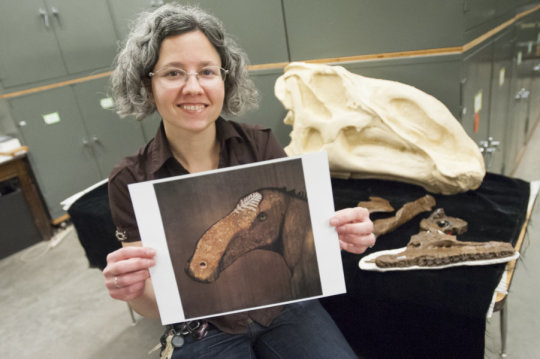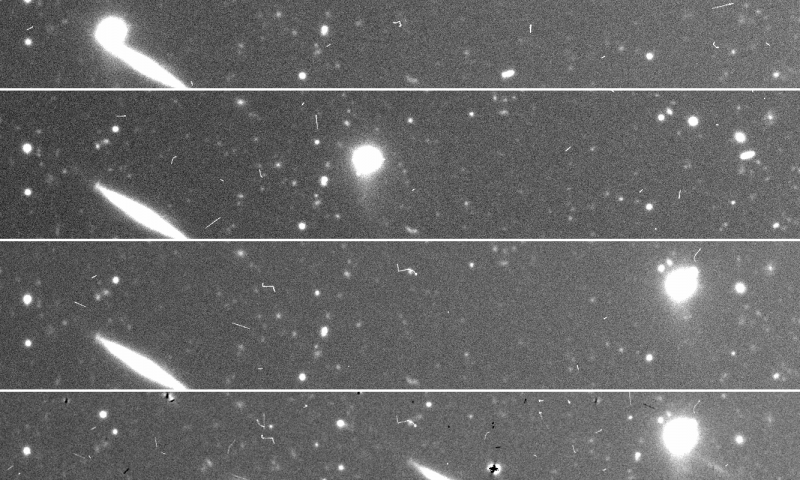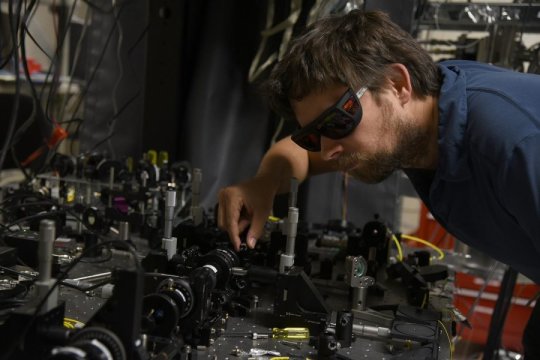
© Sepp Jannotta/Montana State UniversityElizabeth Freedman Fowler, an adjunct professor at Montana State University, holds a drawing depicting the new species of duckbilled dinosaur.
A previously undiscovered dinosaur species, first uncovered and documented by an adjunct professor at Montana State University, showcases an evolutionary transition from an earlier duckbilled species to that group's descendants, according to a paper published in the journal
PLOS ONE.
The paper was written by that professor, Elizabeth Freedman Fowler, and her mentor, MSU paleontologist Jack Horner, Montana University System Regents Professor and curator of paleontology at MSU's Museum of the Rockies. Their findings highlight
how the new species of duckbilled dinosaur neatly fills a gap that had existed between an ancestral form with no crest and a descendant with a larger crest, providing key insight into the evolution of elaborate display structures in these gigantic extinct herbivores.
"It is really gratifying to see Dr. Freedman Fowler's work, which is essentially her dissertation, published in
PLOS ONE," Horner said. "It is confirmation that she is an excellent paleontologist, helping further cement MSU's reputation for offering graduate students a chance to be part of something extraordinary."
In their paper, Freedman Fowler and Horner named the dinosaur
Probrachylophosaurus bergei and suggest it is a previously missing link between a preceding species,
Acristavus, which lived about 81 million years ago, and later form
Brachylophosaurus, which lived about 77.5 million years ago.





Comment: Going "beyond" seeing.